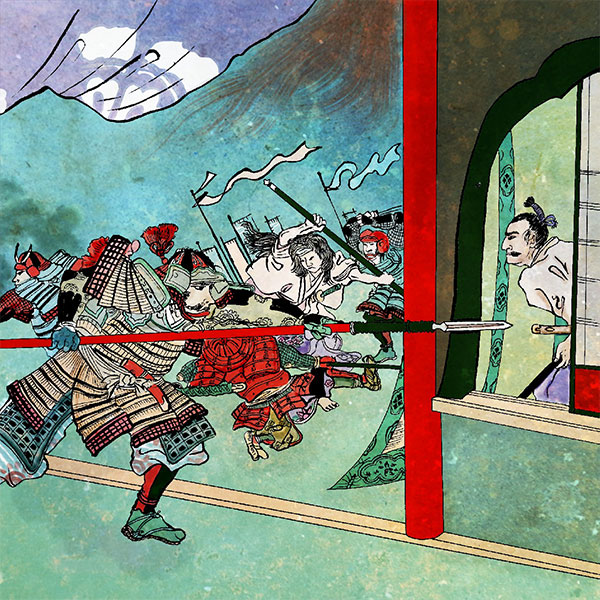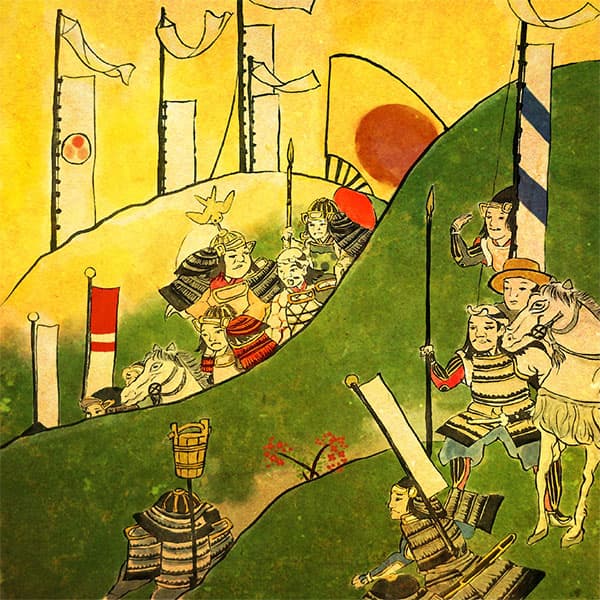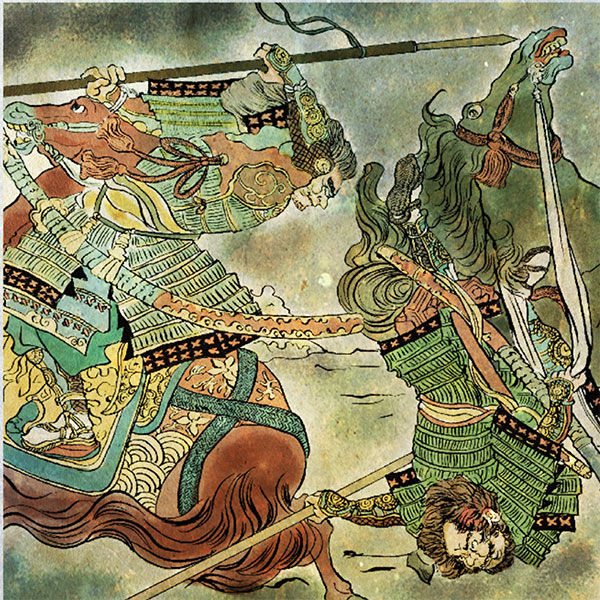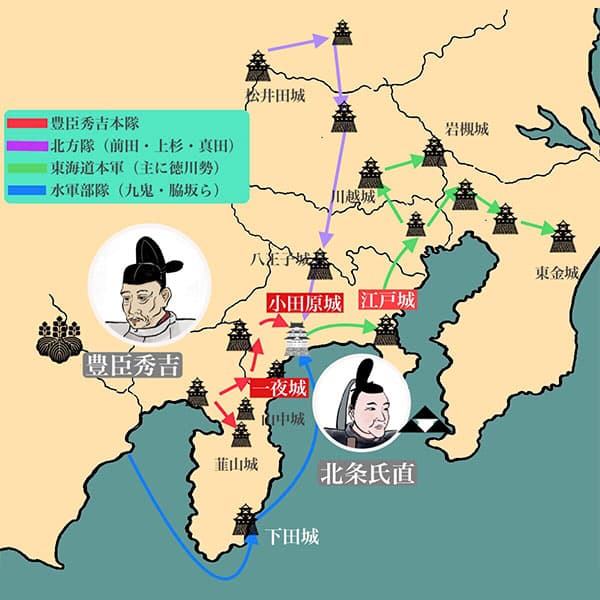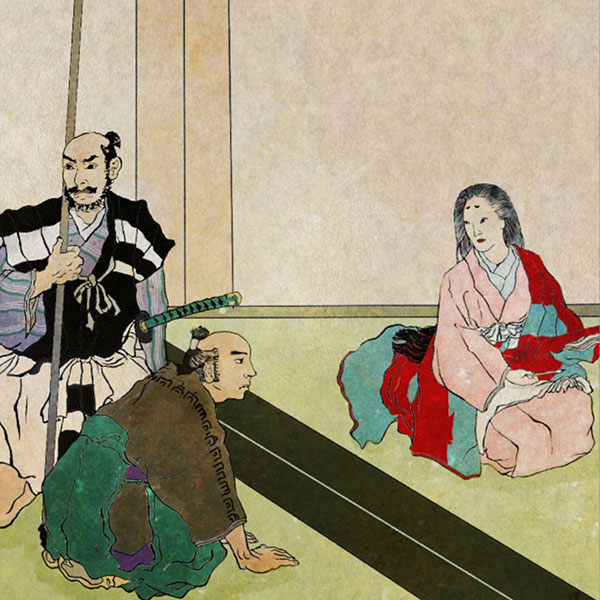Tadaoki Hosokawa (2/2)Hideyoshi's Seven Generals
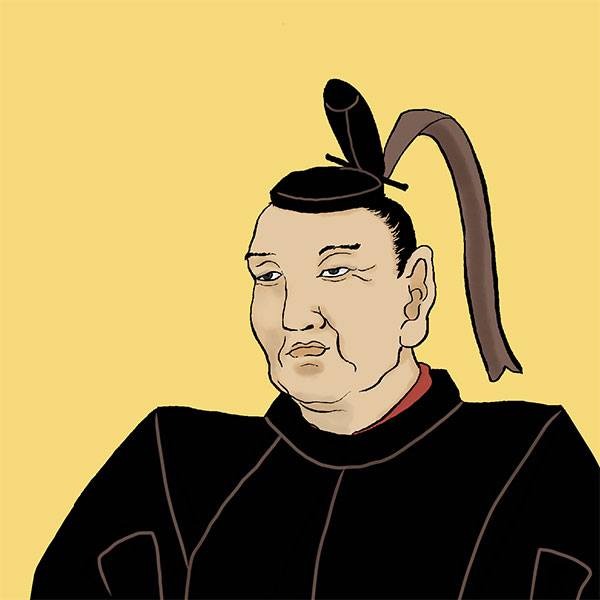
Tadaoki Hosokawa
- Article category
- biography
- name
- Tadaoki Hosokawa (1563-1646)
- place of birth
- Kyoto
- Related castles

Kokura Castle

Nakatsu Castle

Yatsushiro Castle

Shoryuji Castle

Tanabe Castle

Kumamoto Castle
- related incident
When Tadaoki entered his new territory, Buzen Province, he immediately renovated Kokura Castle and made it the domain office. This story is about when the Hosokawa family ruled Buzen Province. In 1612, there was an island called Funajima in Buzen Province. Two great swordsmen fight on this island, and one dies. The winner was Miyamoto Musashi, and the one who died was Sasaki Kojiro. Yes, the Battle of Ganryujima took place at this time. Although there are various theories and it is not certain, it is said that one of them was a vassal of the Hosokawa family, a senior vassal of the Hosokawa family, or a guest commander (a samurai who was not officially supported). Funajima took the name of Kojiro Sasaki and came to be called Ganryujima.
In 1620, due to illness, Tadaoki handed over the headship of the family to his third son, Tadatoshi, and retired.
Now, let's talk about Kan'ei 9 (1632). Kato Kiyomasa's son, Tadahiro, was granted permission by the shogunate. Kumamoto, Higo Province, which had been ruled by the Kato family, was now ruled by the Hosokawa family. The territory will further increase to about 550,000 countries. At this time, Tadaoki ruled Yashiro as a retirement place.
Following Tadaoki, a Korean potter, Kimson Gae (Ueno Kizo), and his family established Kodayaki in Yatsushiro.
Then, in 1645, Tadaoki passed away at the age of 83.
Born into a prestigious family among the feudal lords of the Sengoku period, Tadaoki Hosokawa ran through the Sengoku period as a brave Sengoku military commander and as one of the cultural figures representing this period. After this, Kumamoto was still ruled by the Hosokawa family until the Meiji era.
Places related to Tadaoki Hosokawa
- Nagaokakyo Garasha Festival
- Nagaokakyo City, Kyoto Prefecture is where Shoryuji Castle, ruled by Fujitaka Hosokawa and Tadaoki, was located. Nagaoka City is a town rich in history, with ancient tombs, shrines and temples, and castle ruins all over the city. In 1992, Shoryuji Castle was maintained and a park was created. To commemorate this, a festival is held in which a parade is held to recreate the carrying of Tamako (Garasha), who was married to Tadaoki Hosokawa.
Every year on the second Sunday of November, the Nagaoka Garasha Festival is held, with a procession to carry palanquins, food booths, stage events, and other activities that are popular among citizens. - Yatsushiro Castle Ruins Matsui Shrine
- Matsui Shrine was founded in 1881 by people connected to the shrine, including former vassals of the Matsui family who were vassals of the Hosokawa family. The enshrined deity is Yasuyuki Matsui, the chief retainer of the Higo Hosokawa family.
Yasuyuki Matsui originally served Yoshiteru Ashikaga along with Fujitaka Hosokawa and others. However, when Yoshiteru died in the Eiroku Incident, the Ashikaga family's vassals were dispersed. Yasuyuki Matsui worked with Fujitaka Hosokawa. At first, the two are treated as peers in the Oda family. However, when Fujitaka came to rule Tango Province, the relationship changed to a master-servant relationship and he became the chief retainer.
Yasuyuki Matsui excelled in literature and martial arts and was highly respected even outside the Hosokawa family. For this reason, in the Edo period, the Matsui family was the chief retainer of the Higo Hosokawa family, and since Yasuyuki Matsui's son was unable to produce an heir, he was adopted by the Hosokawa family, so it became a family similar to the Hosokawa family, and the Higo He was the lord of Yatsushiro Castle and was also qualified to serve as a direct advisor to the Tokugawa family. This is the house that supported the rise of the Hosokawa family.
Matsui Shrine, the shrine dedicated to Yasuyuki Matsui, was also the place where Tadaoki Hosokawa lived. Inside the shrine is a plum tree called Garyubai, which is over 300 years old and has been designated as a natural monument of Kumamoto Prefecture. This plum tree is said to have been planted by Tadaoki Hosokawa himself, praying that ``from the eighth generation onwards, there will be people who will be the leaders of the Hundred Flowers.'' - Shoryuji Castle
- Shoryuji Castle is a castle located in present-day Shoryuji, Nagaokakyo City, Kyoto Prefecture.
It is believed that Yoshinari Hatakeyama, the governor of Yamashiro Province, built the castle as a district office in the early Muromachi period.
During the Sengoku period, the castle became a military base due to its location near the capital, and the castle owner changed frequently.
In 1571, Hosokawa Fujitaka was given the Yamashiro Nishioka area by Oda Nobunaga. At this time, Fujitaka became the lord of Shoryuji Castle and is said to have renovated it into a strong castle. Along with Makishima Castle, which is close to the capital, Nobunaga also considered it important as a base to protect the capital.
In August 1578, Hosokawa Tadaoki and Akechi Mitsuhide's daughter Otama (Hosokawa Garasha) got married and it was also the castle where they lived as newlyweds. Fujitaka Hosokawa entered Tango in 1581, and after Fujitaka, the magistrate of the Oda family became the lord of Shoryuji Castle. In the early Edo period, the base of this area became Yodo Castle, and Shoryuji Castle was abandoned.
Currently, the site where the castle once stood has been maintained as Shoryuji Castle Park, with a mock turret and mock earthworks reminiscent of the past. In addition, in 2019, the exhibition room and park signage were renovated to display and introduce artifacts excavated from the castle. - Tanabe Castle
- Tanabe Castle is a castle located in Maizuru City, Kyoto Prefecture, and is also known as Maizuru Castle. It is said to be the successor of the Tanba Province Shugosho in the Kamakura and Muromachi shogunate.
In the 6th year of Tensho (1578), Hosokawa Fujitaka was ordered by Oda Nobunaga to destroy the Isshiki family, the shugo daimyo, and take control of this area. Initially, Miyazu Castle was their residence, but Tanabe Castle was built and became the center of business. After Fujitaka retired, Tadaoki made it his residence.
A famous story about Tanabe Castle is the Battle of Sekigahara. In 1600, the head of the family, Tadaoki Hosokawa, rejected Ishida Mitsunari's invitation and joined Tokugawa Ieyasu. Daimyo who sided with Ishida Mitsunari attacked castles in the Kinki region that were on the Tokugawa side. At this time, Hosokawa Fujitaka was at Miyazu Castle, but Fujitaka was no exception and was attacked by Ishida's side. Fujitaka thought that Miyazu Castle would not be able to defend against the attack, and moved to Tanabe Castle. Ishida's side surrounded Fujitaka's small force with 15,000 soldiers and fought for 50 days. However, Emperor Goyozei, who was saddened by the loss of Fujitaka, intervened and intervened, and Fujitaka vacated the castle.
In the Edo period, the Hosokawa family was transferred to Kokura, Buzen Province. After that, the Kyogoku family, the Makino family, and other feudal lords continued, entering the Meiji era. The current Tanabe Castle ruins are now Maizuru Park, and the Tanabe Castle Museum and stone tower base have been reconstructed. - Kumamoto Castle
- Kumamoto Castle is a castle located in present-day Chuo Ward, Kumamoto City, Kumamoto Prefecture, and is also known as Ginnan Castle.
It is said that it began in the Muromachi period when the Kikuchi clan, the shugo of Higo Province, built Kumamoto Castle on this land.
At the end of the Sengoku period, during the era of Toyotomi Hideyoshi, Sasa Narimasa became the feudal lord, but Narimasa failed in business and was forced to commit seppuku. Kiyomasa Kato was the next feudal lord. Kiyomasa built a new castle on the site of Kumamoto Castle, and construction continued until the Edo period, when he built Kumamoto Castle.
However, Kiyomasa Kato's son Tadahiro Kato's actions brought into question his qualifications as a feudal lord, and the Edo shogunate destroyed the Kato family. Following the Kato family was the Hosokawa family. The Hosokawa family ruled as feudal lords until the Meiji period, and continued to expand the castle.
In the Meiji period, Kumamoto Castle became an army facility. During the Seinan War, when Takamori Saigo rebelled against the Meiji government, it was an important facility for the Meiji government, and became a capture target for Saigo's army. Kumamoto was the site of a fierce battle between both armies. Just before this battle, the castle tower of Kumamoto Castle was destroyed by a mysterious explosion.
Today, the turret, castle gate, and wall of Kumamoto Castle still exist, and 13 buildings (11 turrets, 1 gate, and 1 fence) are designated as national important cultural properties, and the castle ruins are designated as a national special historic site as the ``Kumamoto Castle Ruins.'' specified.
Kumamoto Castle was damaged by the 2016 Kumamoto Earthquake, and reconstruction work continues.
Reread the article by Tadaoki Hosokawa
- related incident

- WriterTomoyo Hazuki(Writer)I have loved history and geography since my student days, and have enjoyed visiting historical sites, temples and shrines, and researching ancient documents. He is especially strong in medieval Japanese history and European history in world history, and has read a wide range of things, including primary sources and historical entertainment novels. There are so many favorite military commanders and castles that I can't name them, but I especially like Hisashi Matsunaga and Mitsuhide Akechi, and when it comes to castles, I like Hikone Castle and Fushimi Castle. Once you start talking about the lives of warlords and the history of castles, there's a side of you that can't stop talking about them.







